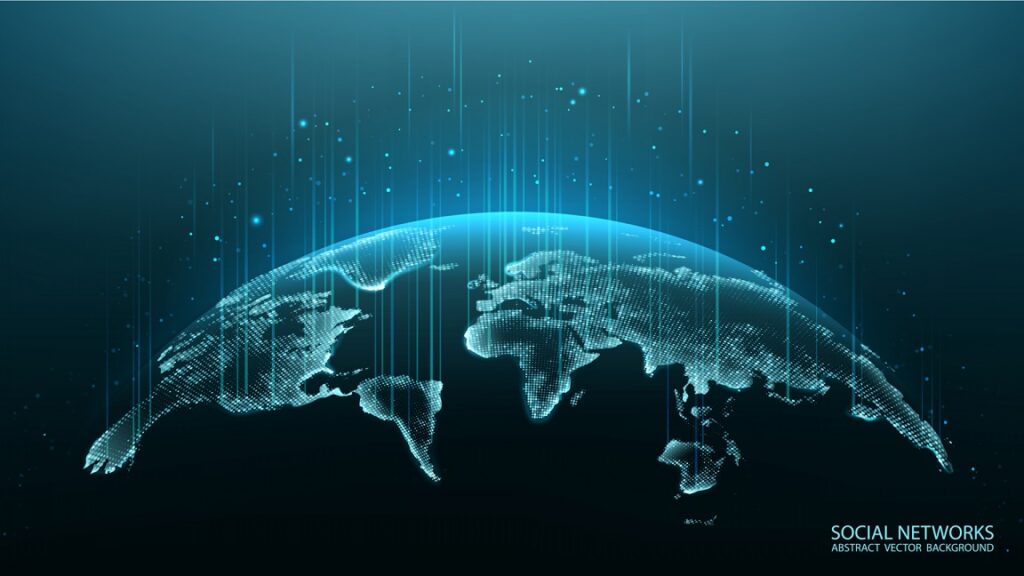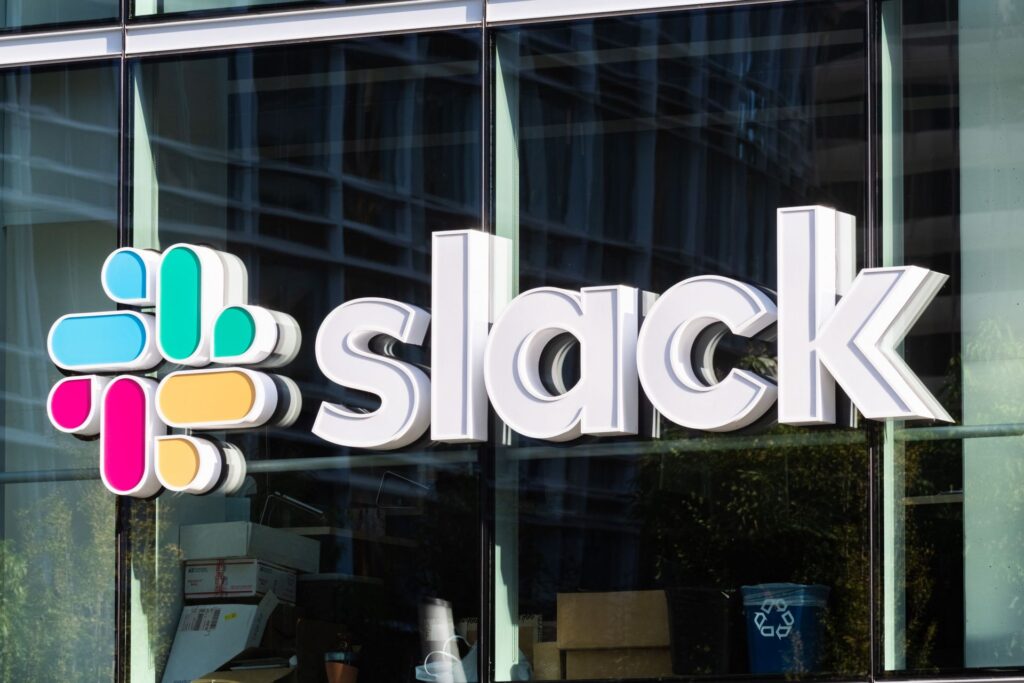
From the start of the pandemic, organisations around the globe have reworked their businesses in order to keep serving customers in a changing world.
While it’s been one of the most challenging years in history, by accelerating important transformations in response, we are now in a position to cement the long-term changes that will help businesses thrive in the future. Let’s be mindful not to go back to the pre-pandemic status-quo.
The most immediately obvious of these changes are employee centric. From flexible and hybrid working to a greater onus on wellbeing, employee experience will be at the centre of the future of work.
However, beneath the surface, tech teams have been helping lead a rethink to workplaces in other ways. While employee-centricity is key, the businesses best placed for the future will also have re-thought customer experience, and the ecosystem that underpins that experience.
The shift toward an Ecosystem Economy

The pandemic has demonstrated clearly that we are all part of a closely connected, global, community. And, as the recent cargo ship stuck in the Suez Canal illustrated, those global (sometimes fragile) connections are vital to businesses and trade.
The pandemic and the cargo ship are macro examples of how global ecosystems impact us all. However, on an individual level, every business is part of its own Ecosystem Economy. That means that value isn’t created from a single business; it relies on a network of partners and suppliers.
Pre-pandemic, partnerships in those ecosystems were geared towards long-term contracts. A lengthy agreement was set out, everyone signed on the bottom line, and the next few days, weeks, months, or years were spent with the partners working in isolation to hold up their end of the deal. However, this isn’t always helpful in a world that can change in the blink of an eye.
As recent events have made clear, supply chains can be precarious. Moving forward, organisations will seek a more collaborative, fluid, and integrated approach to partnerships that can adapt to change. This is why technology tools which facilitate real-time collaboration both within and between organisations, and break down silos around communication formed by legacy systems like email, will be at the heart of more agile and resilient ecosystems.
Waiting for days on a response or trying to get through to the right person on the phone will be replaced by live problem solving by cross-organisational teams. Tools like Slack Connect enable this approach, bringing communications between partners, vendors, or clients out of the sluggish, siloed, inbox and into the channel where everyone can collaborate on them in real-time.
Using technology to boost customer experience
A focus on fluid and unified ecosystems doesn’t only improve internal processes or external collaboration, it also has a positive impact on the customer.
While our world is more complex and interconnected than ever, the end customer doesn’t want a fragmented experience. Whether their query requires both the sales and customer service teams of a company, or the business and one of its suppliers, customers want to feel like they are dealing with a single entity.
To achieve that, organisations need to focus on dissolving internal and external walls. The shift to remote work enabled by the pandemic may have spurred this in some businesses already. With teams working from home, different functions can come together in a shared, and transparent digital platform to collaborate, rather than in cordoned off physical spaces.

Having a centralised digital hub to manage those interactions also enables an organisation to consolidate software and touchpoints from different teams. While function-specific technology can be a powerful tool, having disparate apps for each department can slow things down when cross-functional problem solving is needed to help a customer. Workplace messaging apps can pull all of these information sources into one integrated space, along with tools like chat bots, to ensure all everything needed to deliver a great customer experience is at an organisation’s fingertips.
Beyond direct interactions with customers, a lack of cross-functionality can also impact internal development, which could damage the end customer’s experience.
Ocado, the online supermarket, is one business that has put a cross-functional, digital workplace into action. Ocado uses Slack to keep tech teams connected wherever they are, providing them with transparent access to all the information they need to continuously innovate. Using Slack’s API, the central operations team, for example, is automatically notified when a change is made to one of the hundreds of systems across the company. Making sure everyone internally knows what’s going on and giving them instant access to real-time information has been key to building Ocado’s culture of agility and innovation—ultimately aiding their ability to offer a fantastic customer experience.
With broken down silos and a single source of truth, customers and employees should never again spend hours on-hold bouncing between departments or sending emails into never-checked inboxes.
A fluid, silo-free future of business
After a year in which it felt at times like the world was put on pause, the future of business will be about responding faster, with greater fluidity. There’s a simultaneous need to both manage ever-more complex interconnected ecosystems of partners, and deliver a unified, responsive experience to customers and employees. These contrasting needs, however, have a shared solution.
By embracing technology that breaks down silos and boosts cross-company, cross-functional collaboration, businesses can embrace the agile approach to work which our interconnected and rapidly changing world demands.

Stuart Templeton
Head of UK, Slack


